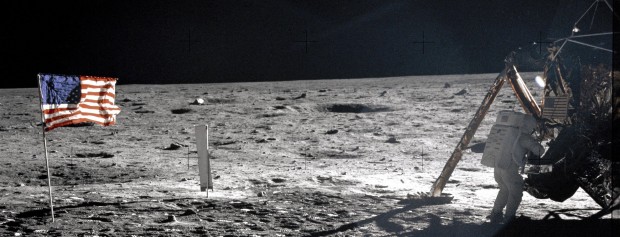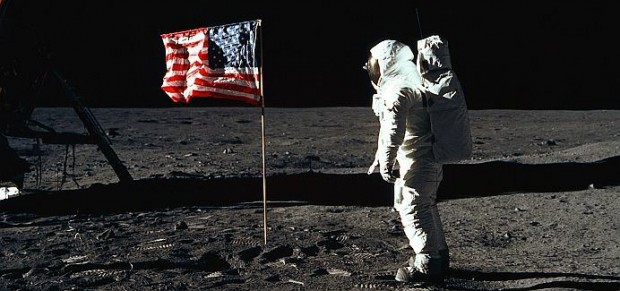He’s not the first of the twelve to die, but certainly the most notable, and perhaps the most modest. The first person on earth to ever step onto a non earth body simply described himself as:
“I am, and ever will be, a white-socks, pocket-protector, nerdy engineer,”
He walked on the freaking moon, and he simply describes himself as a nerdy engineer, as if he were one of the legions of IBM or HP employees at their peak.
The youngest Apollo astronaut to have walked on the moon is Charles Duke, who is 76 years old in a nation where the life expectancy for a man is 75.6 years. We’ve effectively got no space program together other than a few rovers being shot to Mars. Within a decade, for the first time in my life, it’s possible there won’t be a man alive who has walked on the moon.
Credit must be given to the generation who pulled it off. We may be capable of having a video call across the glove, but we’re far from being able to repeat what they did decades ago visiting the moon.
Thanks Mr. Armstrong for literally shooting for the moon.





